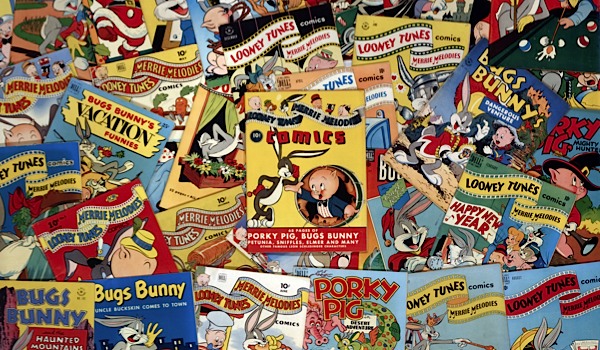5 Ways To Teach Financial Education To Your Children

Nearly one-third of high school seniors have a credit card or some sort of ATM card. Unfortunately, most of these students don’t even know the basics of saving their money or creating a budget that helps them save for the future. As result, many young Americans are entering the workforce without any basic financial education- leading to a lot of debt.
The solution to this problem is simply by teaching. Using your experience, knowledge and perspective, you can help your child learn about the power of finances. In a recent Junior Achievement study, 83 percent of teenagers said the best time to learn about money is during kindergarten to 12th grade. As you can see, teaching them while they are young can be a great thing, but you may be wondering how you can begin?
To make things simple, here are five ways to teach financial literacy to children:
Financial Education with a Piggy Bank
While a piggy bank is a great thing to have in your child’s room, it takes away from the visual effect. When you use something that’s clear, this will show your child how the money can grow. Last week, there could have been five dollars in there, and the next, there could be seven. Talk to them as the money grows, and let them know how important this savings jar is.
Try To Use Cash
Chances are you’re bringing your children with you to a lot of places such as the grocery store and restaurants. If you’re the type who uses their credit cards for purchases, that’s fine, but what do you think your children are seeing? If they always see you slap a piece of plastic on the table at the end of a purchase, they may not be able to correlate the cash and credit card. Try your best to use cash to show them how you have to give it away in order to receive something in return.
Talk About Opportunity
It’s okay for your child to spend money, but let them know they need to make important decisions. For example, if your child is interested in a new video game for $20, but they only have $20, then you have to let them know their new pair of shoes may be more important. Doing this will make them realize each decision may have a consequence.
Pay Them
Don’t just pay your child for waking up in the morning. Instead, pay them based on each chore they do around the house. Depending on the age, you can set a fair amount, but the key here to make sure the money is earned.
Open A Bank Account
As they grow older, consider opening a bank account for them. This will take money management to another level. Teach them how the bank account works, how they can prepare for future bills and how they can save for their future.
Remember, it’s going to take a lot on your part to teach your child about money, and it won’t always be easy. If you want your children to successfully know about money, following these guidelines can pave their way to success.



